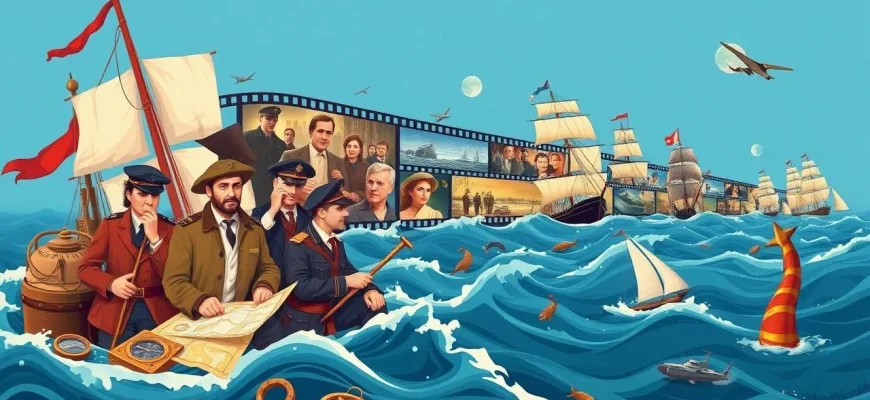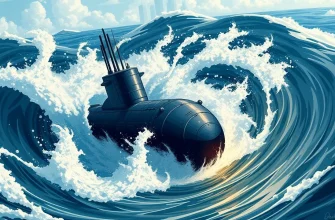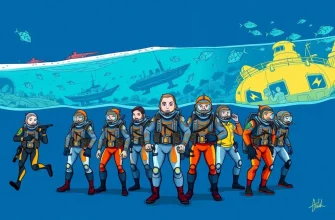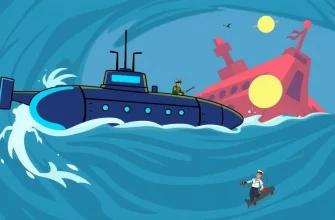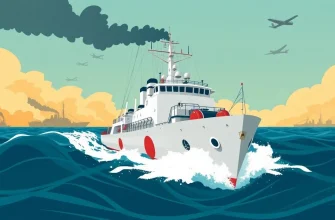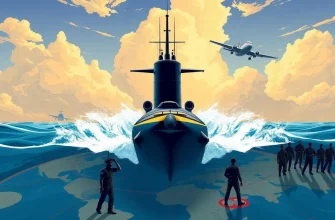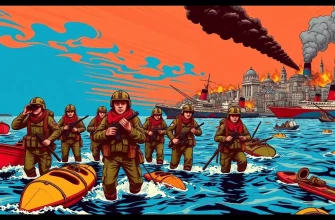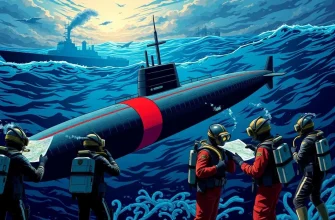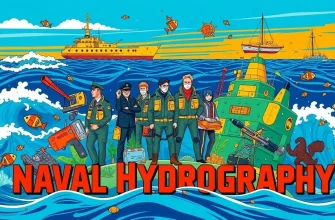Nautical cartography, the art and science of mapping the seas, has long fascinated filmmakers. This curated list of films not only showcases the beauty and mystery of the ocean but also highlights the importance of accurate navigation and exploration. From historical dramas to modern adventures, these films provide a unique perspective on how humans have charted the vast and often treacherous waters of our planet.
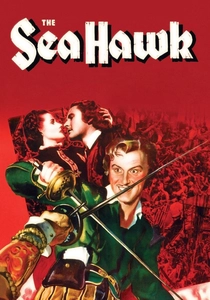
The Sea Hawk (1940)
Description: A classic swashbuckler film where navigation plays a key role in the adventures of an English privateer. The film includes scenes of map reading and plotting courses.
Fact: Errol Flynn, known for his roles in adventure films, stars as the daring sea captain.
 Watch Now
Watch Now
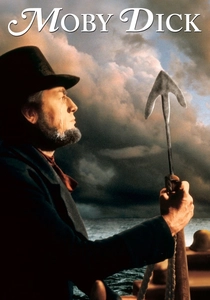
Moby Dick (1956)
Description: Herman Melville's classic tale of Captain Ahab's obsessive quest for revenge against the white whale. The film includes scenes of navigation and the use of maritime charts.
Fact: John Huston directed this adaptation, and it was one of the first films to use CinemaScope for a literary adaptation.
 Watch Now
Watch Now
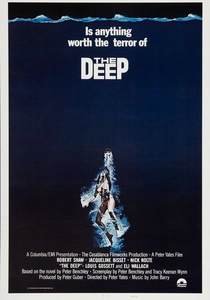
The Deep (1977)
Description: While primarily an adventure film, "The Deep" involves treasure hunting in the Bermuda Triangle, where accurate mapping and understanding of underwater topography are crucial.
Fact: The film was Peter Benchley's follow-up to "Jaws," and it features underwater scenes shot in Bermuda.
 Watch Now
Watch Now
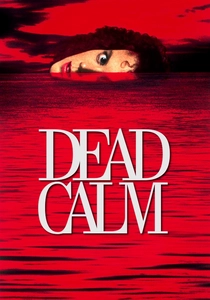
Dead Calm (1989)
Description: This thriller set on the open sea involves a couple encountering a dangerous drifter. The film uses nautical charts to depict their isolation and the challenges of navigation in a crisis.
Fact: Nicole Kidman's performance in this film was one of her early roles that gained her critical acclaim.
 Watch Now
Watch Now
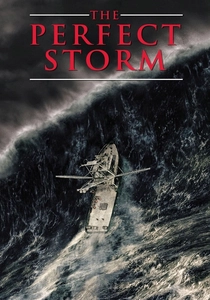
The Perfect Storm (2000)
Description: This film captures the real-life story of the Andrea Gail, a fishing vessel caught in the 1991 Perfect Storm. It showcases the importance of understanding weather patterns and sea conditions, which are key elements in nautical cartography.
Fact: The film was based on the book by Sebastian Junger, and the storm scenes were created using a combination of real footage and CGI.
 Watch Now
Watch Now
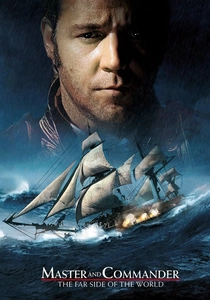
Master and Commander: The Far Side of the World (2003)
Description: Set during the Napoleonic Wars, this film follows the crew of the HMS Surprise as they navigate through the Pacific Ocean. The detailed depiction of navigation techniques and the use of charts make it a prime example for nautical cartography.
Fact: The film was nominated for ten Academy Awards, including Best Picture.
 Watch Now
Watch Now
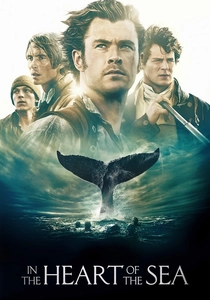
In the Heart of the Sea (2015)
Description: Based on the true story that inspired "Moby-Dick," this film explores the Essex's encounter with a giant whale, highlighting the crew's struggle with navigation and survival in the open sea.
Fact: The film was shot in part on the island of La Gomera in the Canary Islands, which served as Nantucket.
 Watch Now
Watch Now
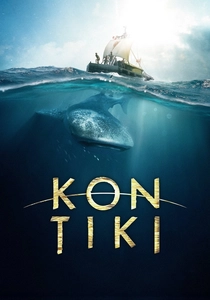
Kon-Tiki (2012)
Description: This film recounts Thor Heyerdahl's 1947 expedition across the Pacific Ocean on a balsa wood raft, showcasing primitive navigation methods and the importance of understanding ocean currents.
Fact: The film was nominated for an Academy Award for Best Foreign Language Film.
 Watch Now
Watch Now
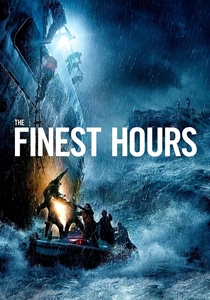
The Finest Hours (2016)
Description: This film recounts the Coast Guard's daring rescue of the crew from the SS Pendleton, split in two by a storm. The film emphasizes the critical role of navigation and chart reading in rescue operations.
Fact: The rescue mission depicted in the film is considered one of the most daring in Coast Guard history.
 Watch Now
Watch Now
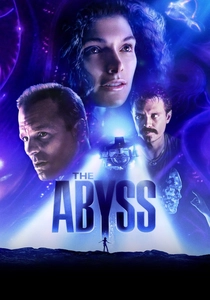
The Abyss (1989)
Description: James Cameron's film about a deep-sea drilling platform crew encountering an alien species. The film uses advanced underwater mapping technology to explore the ocean's depths.
Fact: The film required the development of new underwater filming techniques, including the use of a special submersible.
 30 Days Free
30 Days Free

